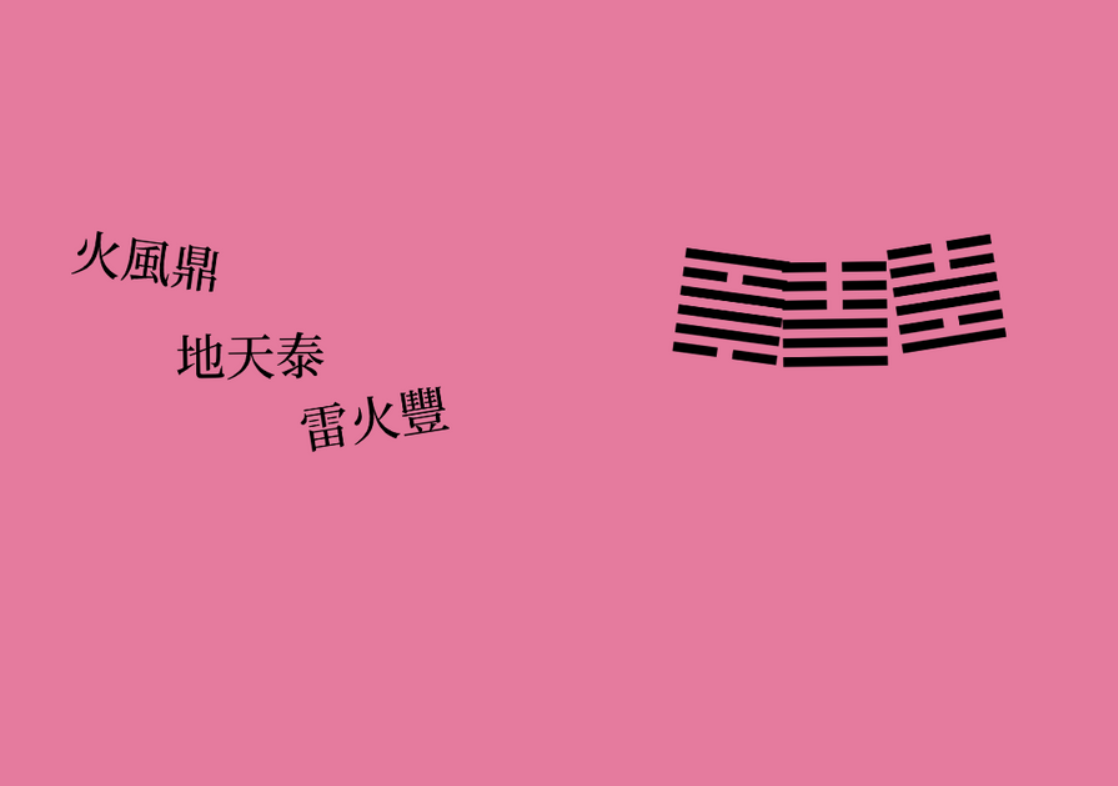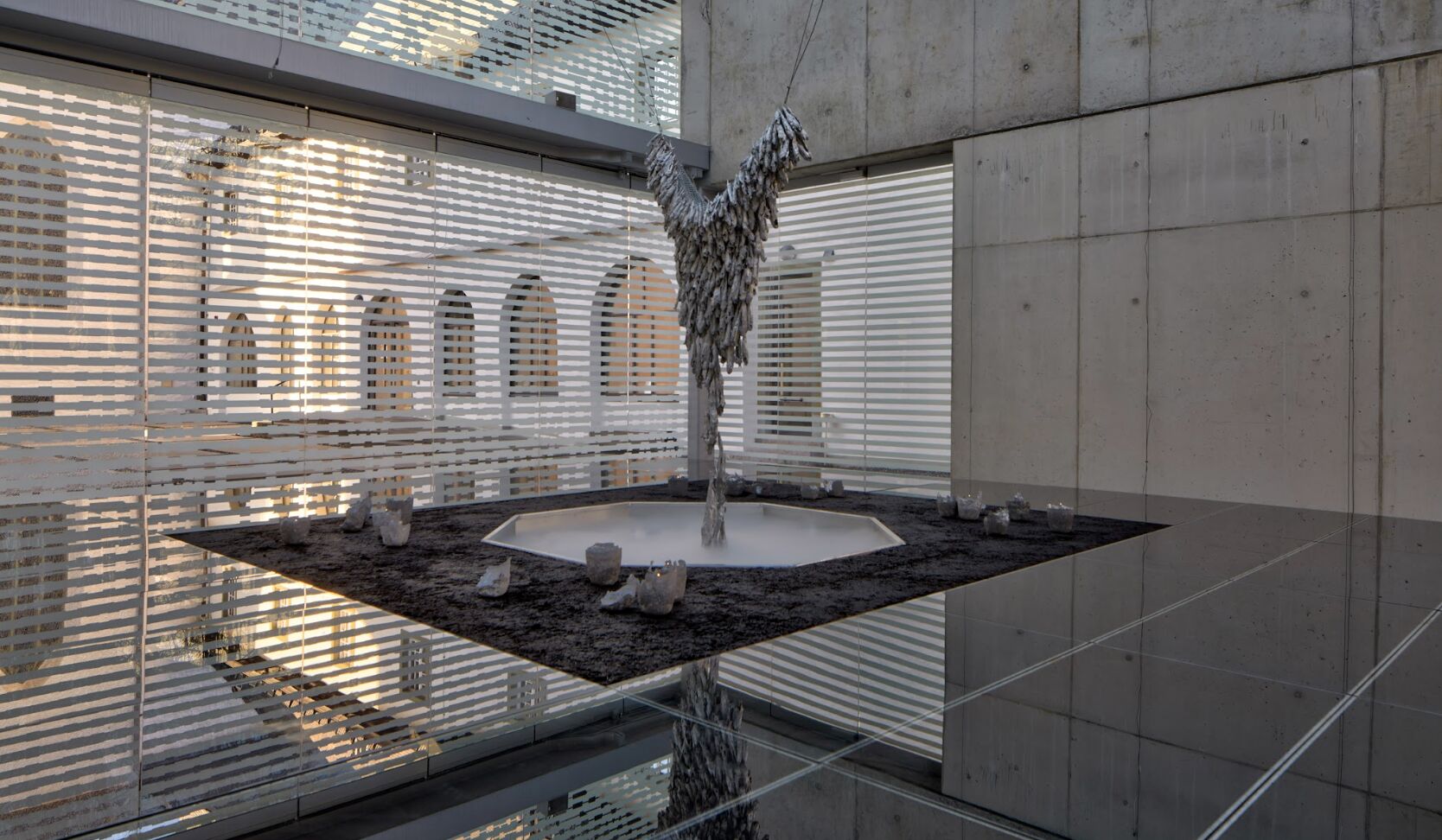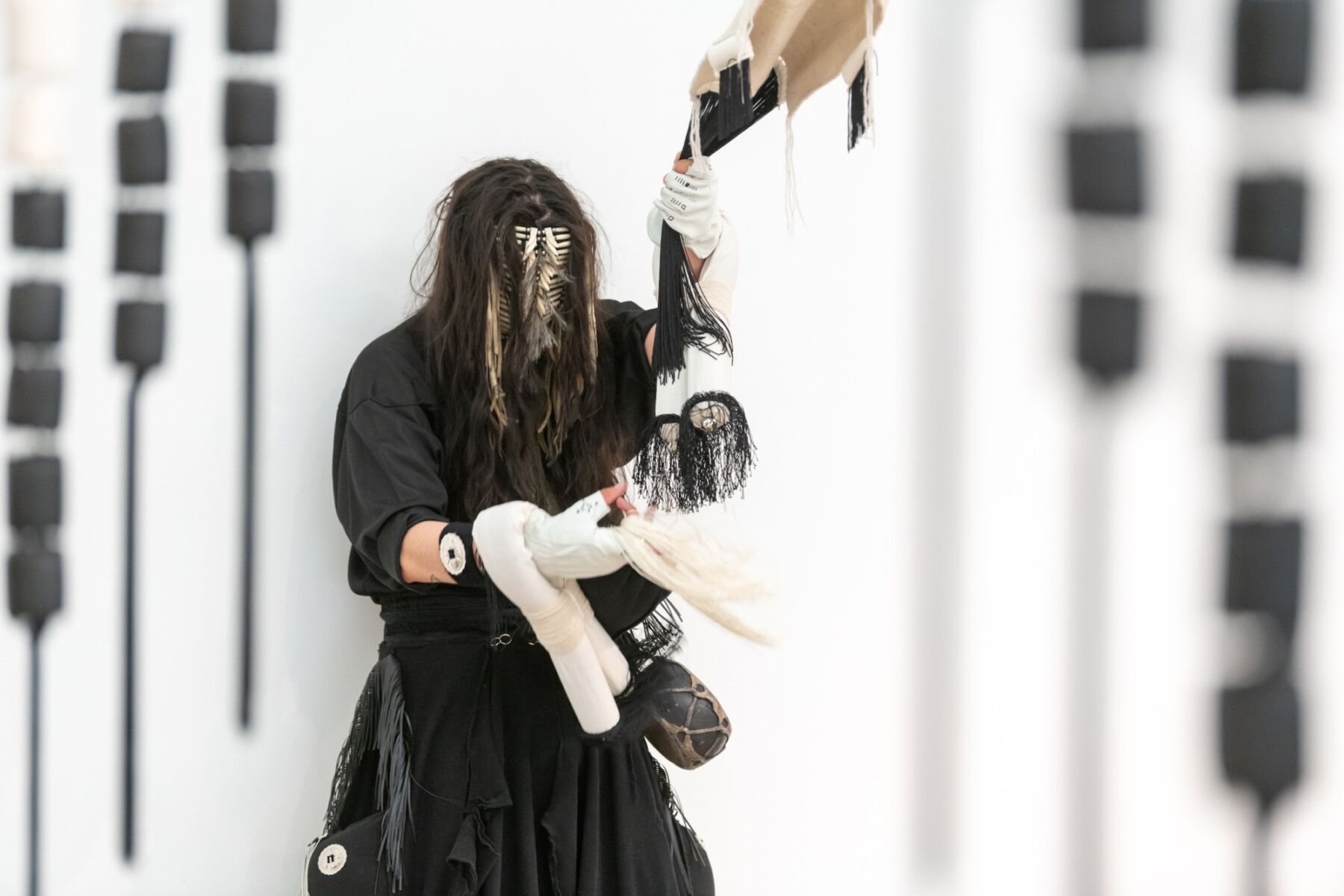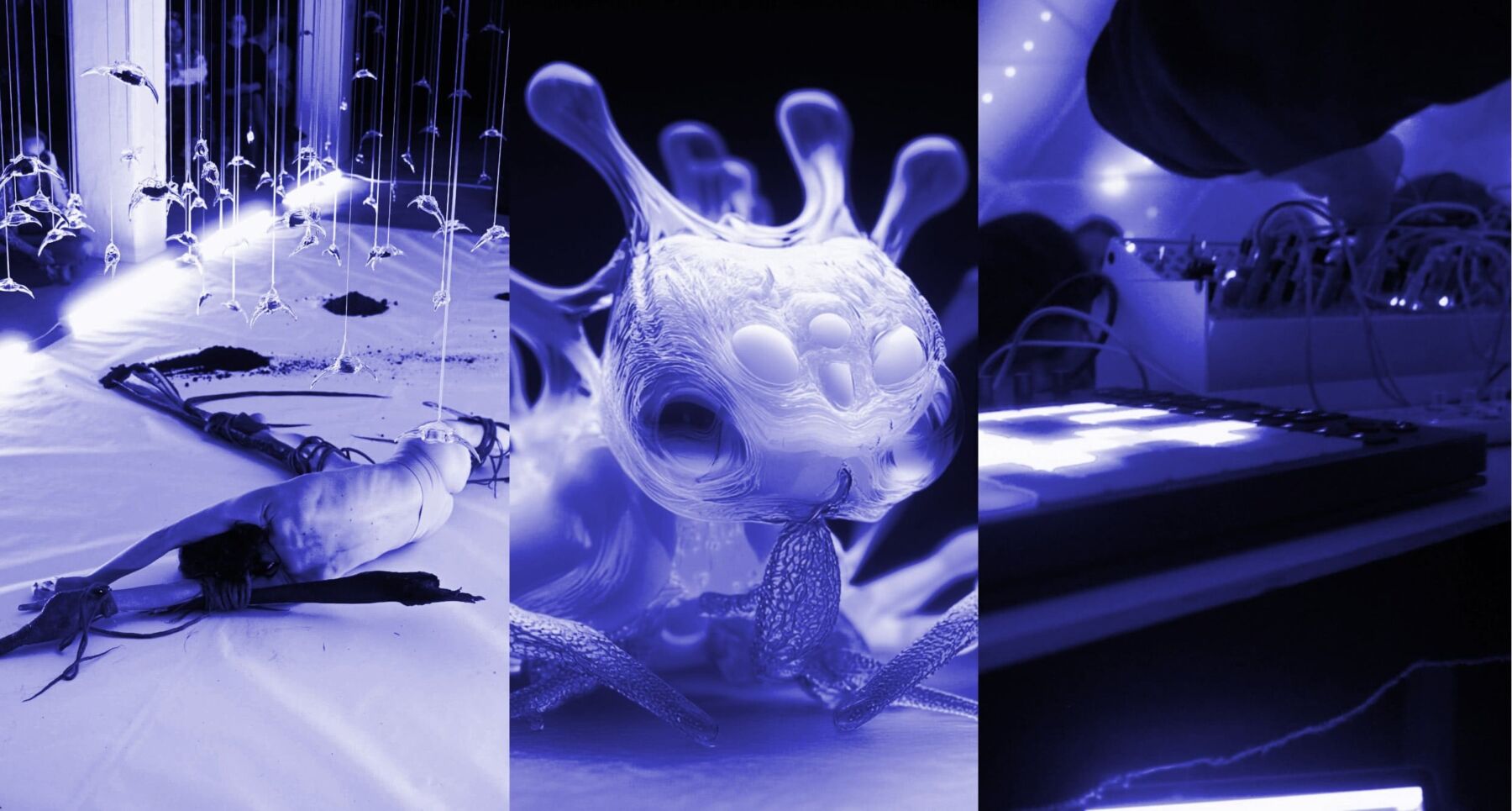Text by Mila Azimonti
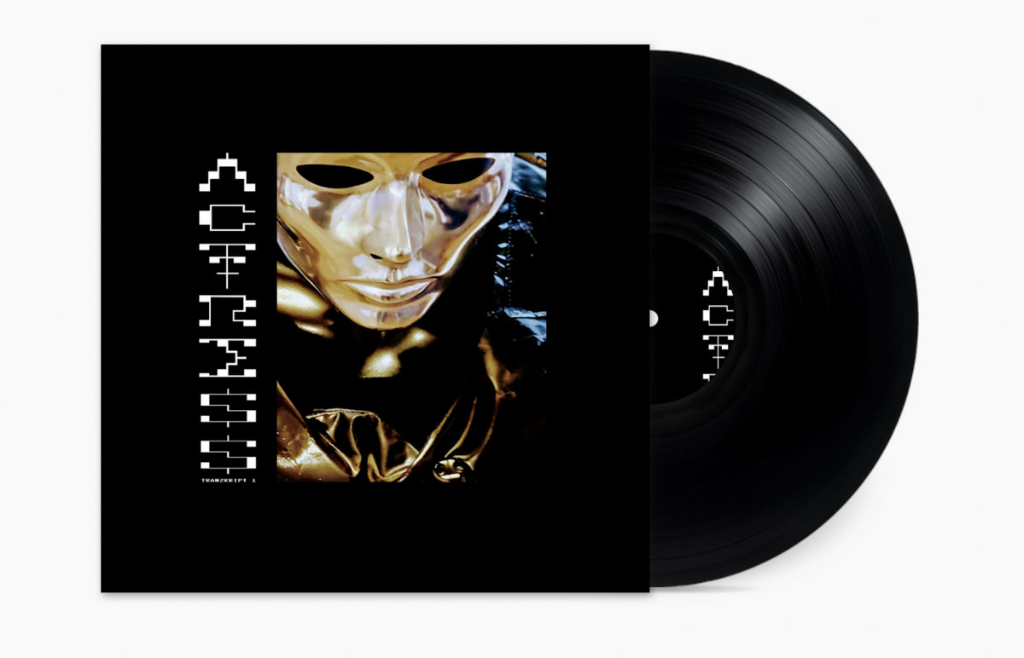
Music is the only art form that vanishes as it is experienced, which is a bit of an ontological crisis if you think about it. Unlike painting or sculpture, which exist in space as static forms, music unfolds in time, making it more abstract, contingent on performance, acoustics, and context. Its ephemeral nature resists the kind of objecthood that painting or sculpture effortlessly commands. This impermanence has led, historically speaking, to an ambiguous cultural positioning—somewhere between pure expression and commodified entertainment.
Electronic music, in particular, has often been shut out from the pantheon of “high art.” Unlike visual artworks, which are sold as one-of-a-kind objects in a Western market that fetishises originality, music is often mass-reproduced—disseminated through DJ mixes, digital streaming, and club culture, its value oscillating between resistance and reinforcement of the structures that frame it. To some, music remains the least intellectual of the fine arts—a force of sensation rather than concept, incapable of delineating objects or ideas with the clarity of a poem or a painting. Beautiful but fleeting. Felt but not reasoned. Yet, others reject this diminished status, insisting that music is as much a site of aesthetic and intellectual inquiry as anything hanging in a gallery. This tension is at the heart of Modern Obscure Music (MOM), the Barcelona-based label founded by musician, composer, and curator Pedro Vian.
MOM resists easy categorisation, operating in a fertile space between avant-garde exploration and dancefloor sensibilities. It’s a platform where deep listening, musical research, and artistic experimentation converge, pushing the boundaries of sound and creativity. At its core, MOM functions as an ecosystem—contextualising music rather than merely releasing it, bridging the gap between club culture and contemporary art. Its ethos has made it a vital force in Barcelona’s electronic music scene, cultivating a following that extends beyond the city’s borders.
I didn’t understand why a piece of music wasn’t considered art in the same way as a painting or poetry, says Vian, whose label name functions as both manifesto and provocation. Modern Obscure Music sounds like a genre that should exist but doesn’t—an academic term asserting electronic music’s rightful place in artistic discourse. For the record, obscure does not mean dark, he clarifies, recalling how, early on, the label kept receiving demos from punk and industrial bands that mistook its intent. It took a few releases for its vision to become clear to the public.Vian’s personal trajectory is inseparable from MOM’s philosophy. Growing up in central Barcelona, he was immersed in the city’s underground scene from an early age. At 16, I went to every rave I could and tried to sneak into clubs just to see my favourite artists, he recalls. Early influences range from Kraftwerk to the knotty skelitsm of microhouse—a genre he credits as a turning point. I especially remember a set by Richie Hawtin and Ricardo Villalobos at Sónar when I was about 18—it was a life-changing moment.

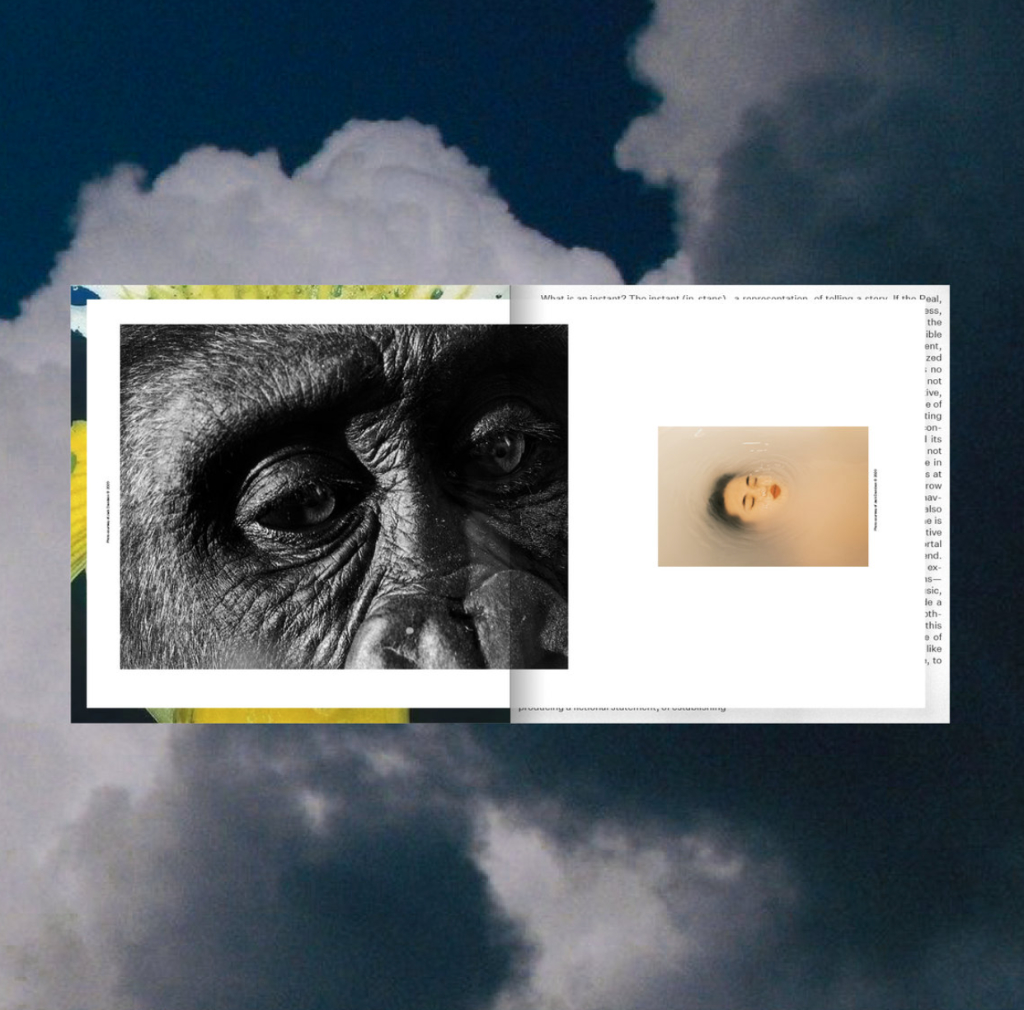
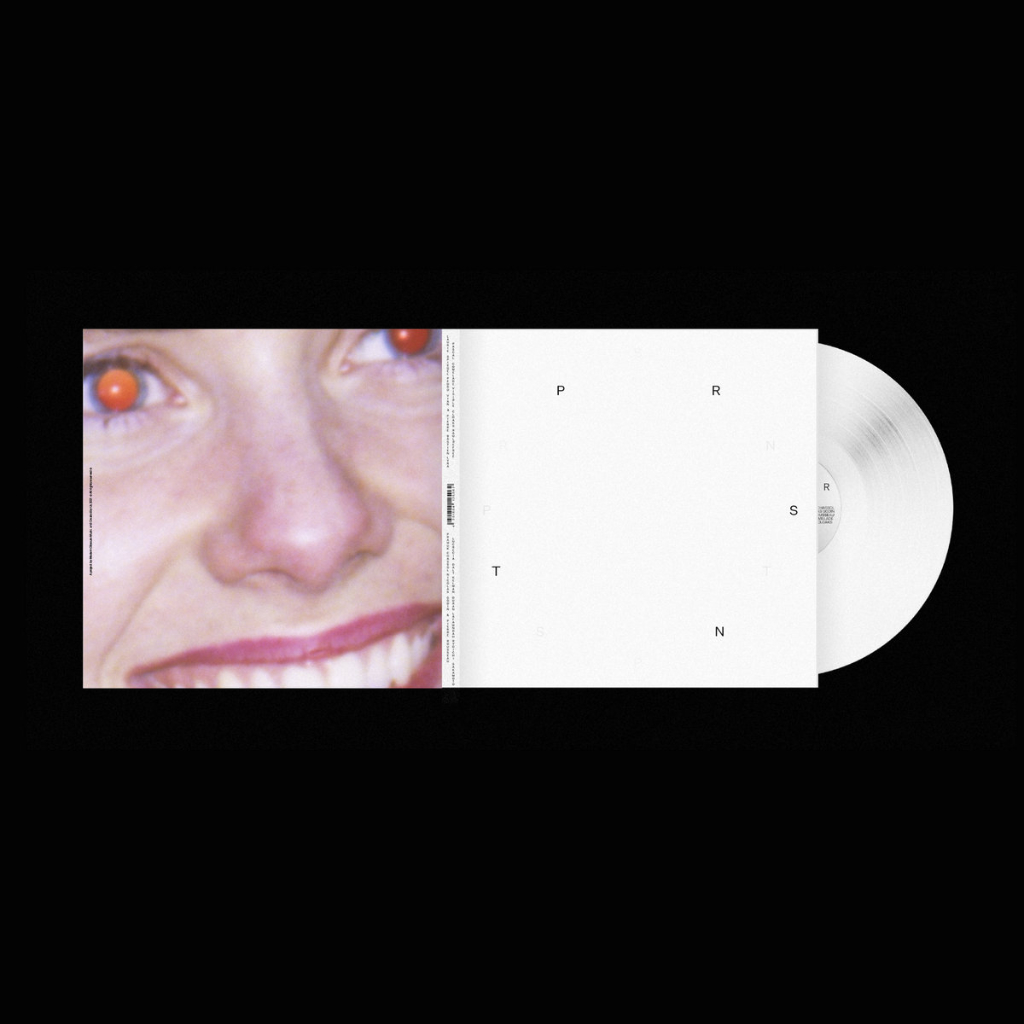
Moving from observer to maker was a natural progression. Vian started producing and releasing music on various labels, and eventually moved to Berlin, where he gained a deeper insight into the electronic music industry. But frustration with its rigid structures —over (the lack of) creative control, over watching tracks sit in limbo for months—led him to start MOM. Initially a vessel for his own work, the label soon evolved into something larger: a self-sustaining ecosystem and community. Over the years, its scope expanded, reflecting its founder’s vision of electronic music as a conceptual and artistic practice.
Independent labels often struggle to survive beyond a few years, but MOM has endured and evolved. Now in its tenth chapter, it has refined its curatorial approach, deepened its relationship with its audience. Ten years is a relationship of love and hate, with ups and downs. It’s something immeasurable in terms of hours of work, but we put all our love into every detail, every release, every note. To mark the milestone, the label hosted a listening room and pop-up at Pole Nou in Barcelona, followed by a night at Café Oto in London—arguably one of the most fitting venues to celebrate MOM’s decade-long journey. More events are planned, alongside a new project Vian describes as being on the same level as the esteemed PRSNT project (a 2021 collaborative work featuring Ryuichi Sakamoto, Laurie Spiegel, Lyra Pramuk, Nicolas Godin, Lucrecia Dalt and others), though for now, he keeps its details veiled.
Forthcoming releases include the debut album by Oliva Font, a Barcelona-based artist whose first record was produced by Vian himself, and the first full album by Pierre Bastien. Vian, too, has two albums on the horizon: The Addiction, a deeply personal solo project featuring 17 compositions, and a collaborative album with Maalem Nabij Soudani, recorded last summer in Essaouira. Both projects are very close to my heart, and I’m eager to share them with the world. Though MOM operates within a niche global framework, Barcelona remains a vital part of its identity. The city’s cultural landscape has shifted in recent years, Vian remarks. There’s been significant growth. What was once considered weird is becoming more widely accepted. The city’s openness and cultural vibrancy create prolific ground for artistic exploration. The label contributes to this ecosystem by fostering new voices and bridging local and international networks.
As it moves into its second decade, MOM remains committed to its founding principles: resisting categorisation, embracing sonic exploration as a form of inquiry, and treating sound as an evolving art form. If the tension between the ephemeral and the fixed remains unresolved, perhaps that’s precisely the point—music, after all, was never meant to stand still.


